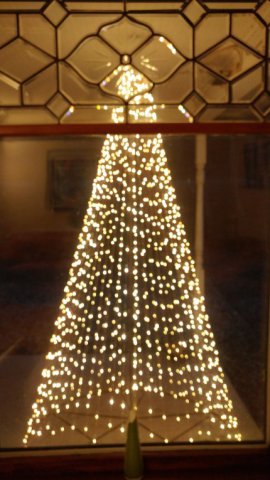- Joined
- Nov 25, 2015
- Messages
- 8,328
as the title says.. I feel beaten... I've had an area of the tree (fake) that doesn't light. I have replaced every bulb in the string, and still could not get it to light, now I have another section of the tree, that was lit last year, and is not lit. I figured it has to be one bulb that's loose, but I can't find it. about 60-70 bulbs on the top... I have a few bulbs from the bottom that light, so they should help locate the dead bulb(s) up top... but the tree is winning. Barb wanted to go out and get a new tree, so we went out and she doesn't like anything we've seen.
So any of you have a secret ... ... I wonder if my power sensor will pick it up... you know the type you hold near an outlet to see if its powered...
looking for opinions while I go try that idea.
So any of you have a secret ... ... I wonder if my power sensor will pick it up... you know the type you hold near an outlet to see if its powered...
looking for opinions while I go try that idea.


 No comment . I think my wife reads my posts on here .
No comment . I think my wife reads my posts on here .
